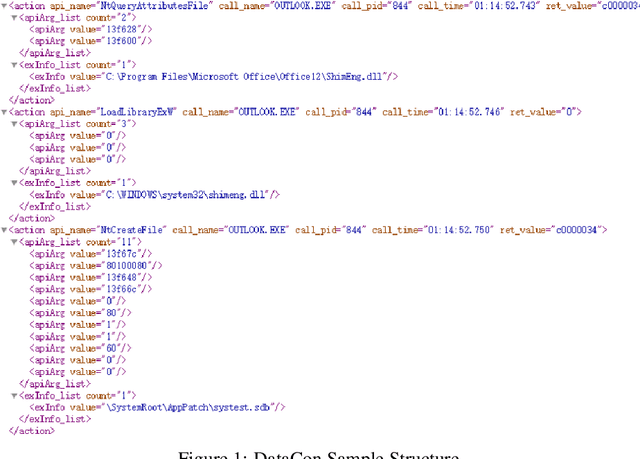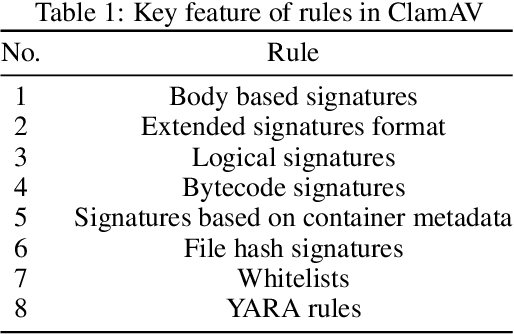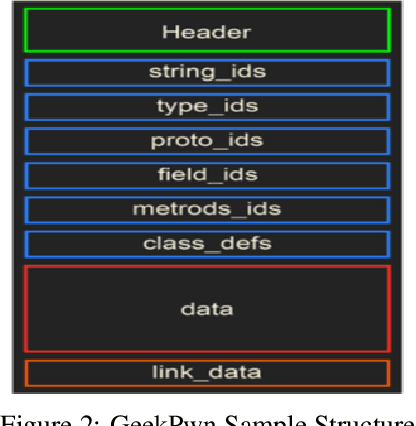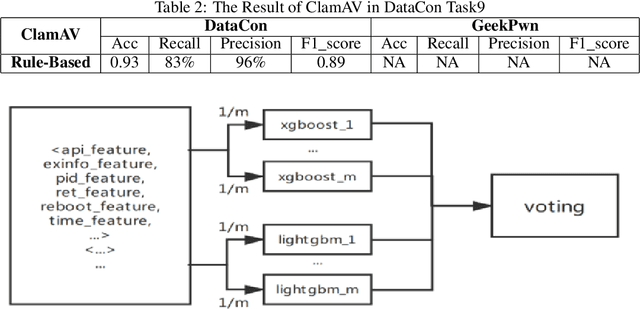Kaiwen Shen
Clique: Spatiotemporal Object Re-identification at the City Scale
Dec 17, 2020



Abstract:Object re-identification (ReID) is a key application of city-scale cameras. While classic ReID tasks are often considered as image retrieval, we treat them as spatiotemporal queries for locations and times in which the target object appeared. Spatiotemporal reID is challenged by the accuracy limitation in computer vision algorithms and the colossal videos from city cameras. We present Clique, a practical ReID engine that builds upon two new techniques: (1) Clique assesses target occurrences by clustering fuzzy object features extracted by ReID algorithms, with each cluster representing the general impression of a distinct object to be matched against the input; (2) to search in videos, Clique samples cameras to maximize the spatiotemporal coverage and incrementally adds cameras for processing on demand. Through evaluation on 25 hours of videos from 25 cameras, Clique reached a high accuracy of 0.87 (recall at 5) across 70 queries and runs at 830x of video realtime in achieving high accuracy.
New Era of Deeplearning-Based Malware Intrusion Detection: The Malware Detection and Prediction Based On Deep Learning
Jul 19, 2019



Abstract:With the development of artificial intelligence algorithms like deep learning models and the successful applications in many different fields, further similar trails of deep learning technology have been made in cyber security area. It shows the preferable performance not only in academic security research but also in industry practices when dealing with part of cyber security issues by deep learning methods compared to those conventional rules. Especially for the malware detection and classification tasks, it saves generous time cost and promotes the accuracy for a total pipeline of malware detection system. In this paper, we construct special deep neural network, ie, MalDeepNet (TB-Malnet and IB-Malnet) for malware dynamic behavior classification tasks. Then we build the family clustering algorithm based on deep learning and fulfil related testing. Except that, we also design a novel malware prediction model which could detect the malware coming in future through the Mal Generative Adversarial Network (Mal-GAN) implementation. All those algorithms present fairly considerable value in related datasets afterwards.
 Add to Chrome
Add to Chrome Add to Firefox
Add to Firefox Add to Edge
Add to Edge